
Equestrianism, the art of riding and managing horses, has played a pivotal role in the history of warfare. From ancient civilizations to the modern era, horses have been crucial assets on the battlefield, shaping cultures and guiding the outcomes of significant historical events.
Horses in Ancient Warfare
The use of horses in warfare dates back to ancient times. Early records show that horses were first domesticated around 4000 BC in the steppes of Central Asia. As civilizations grew, the significance of horses in warfare became apparent. The Scythians, for example, were among the earliest to use horseback riding as a strategic advantage, developing techniques that allowed them to strike swiftly and evade larger infantry-driven armies.
These early adopters paved the way for the development of cavalry units. Nations like Egypt, Persia, and China began to understand the importance of horses and employed them in their military strategies. Chariots, one of the first representations of horse-driven warfare machinery, were extensively used in battles across these regions, leading to numerous military advancements.
The Rise of Cavalry
The transformation from chariot warfare to mounted cavalry marked a significant evolution in military tactics. Cavalries allowed armies greater mobility, speed, and the ability to deliver swift, powerful attacks. The Assyrians were notable for incorporating heavily armored cavalry into their tactics, influencing military strategies throughout the Middle East.
In Europe, the Greeks and Romans further advanced cavalry tactics. Alexander the Great’s use of cavalry is a case in point, enabling swift movements across vast regions, contributing to his vast empire. Roman legions, known for their discipline and organization, developed auxiliary cavalry units that were crucial in expanding and defending the Roman Empire.
Medieval Knights and Mounted Combat
The Middle Ages heralded the age of the knight, an era where horses no longer were mere tools of war but symbols of nobility and power. Knights in armor mounted on powerful war horses became the centerpiece of medieval warfare. These mounted warriors provided both a psychological and physical edge in battles, their prowess heavily romanticized in literature and legend.
Horses were also vital in tournaments, serving as training grounds for knights to hone their skills. Jousting, a popular event, was not merely entertainment but an opportunity to showcase the effectiveness of mounted combat techniques.
The Advent of Gunpowder and Decline of Cavalries
The invention and widespread use of gunpowder weapons in the 15th and 16th centuries brought a decline in the effectiveness of traditional cavalry units. Armor became less practical against firearms, and cavalrymen became vulnerable targets. However, horses remained essential in logistics and support roles, carrying supplies, messages, and providing mobility to dragoon and lancer units transformed to adapt to the newer strategy requirements.
Despite the decline of traditional mounted cavalry, horses persisted in non-combat roles in subsequent conflicts, including the Napoleonic Wars and World War I, offering vital transport and communication functions amidst increasingly mechanized warfare.
The Legacy of Equestrianism in Modern Combat
Today, the role of horses in direct combat has largely disappeared, replaced by mechanized vehicles and sophisticated weaponry. However, the historical importance of equestrianism is remembered and celebrated in various cultural and military traditions worldwide.
Equestrian sports, born out of these martial traditions, continue to honor the horse and its contributions to human history. They remain a testament to the longstanding partnership between human and horse, an enduring legacy that shaped world civilizations.
Equestrianism has been crucial in shaping cultures and guiding historical events. The role of horses in direct combat has largely disappeared today. 
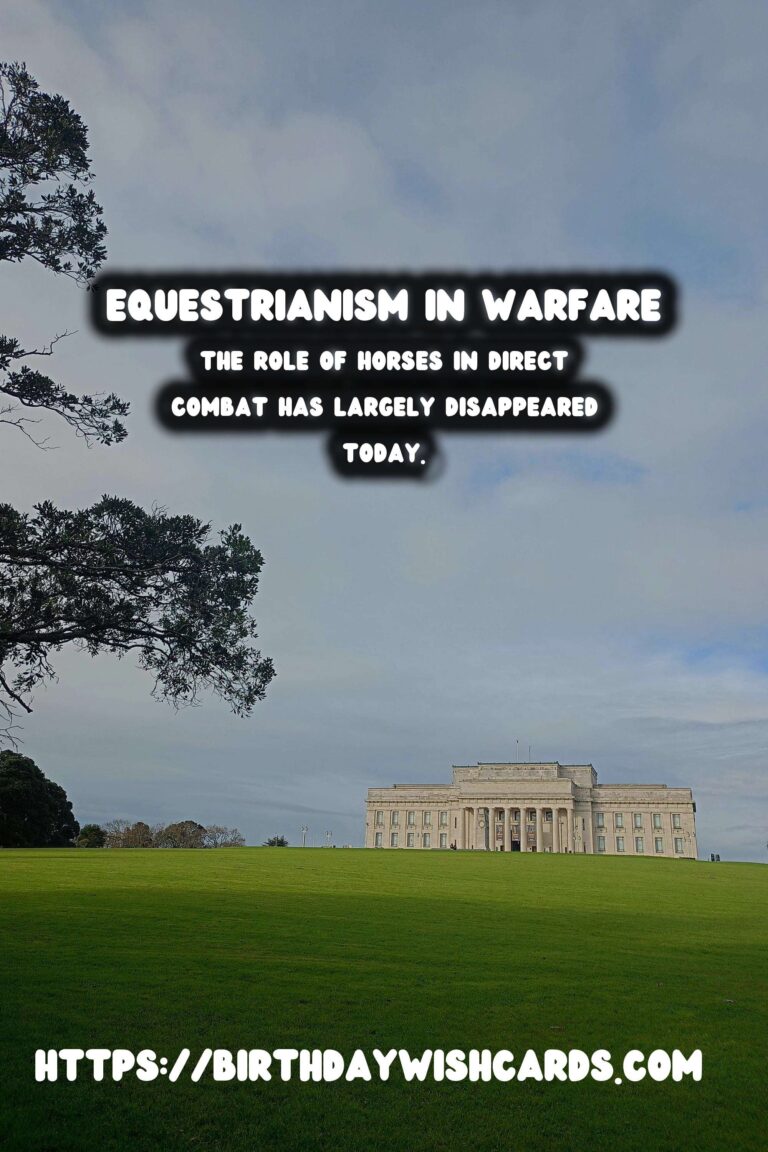
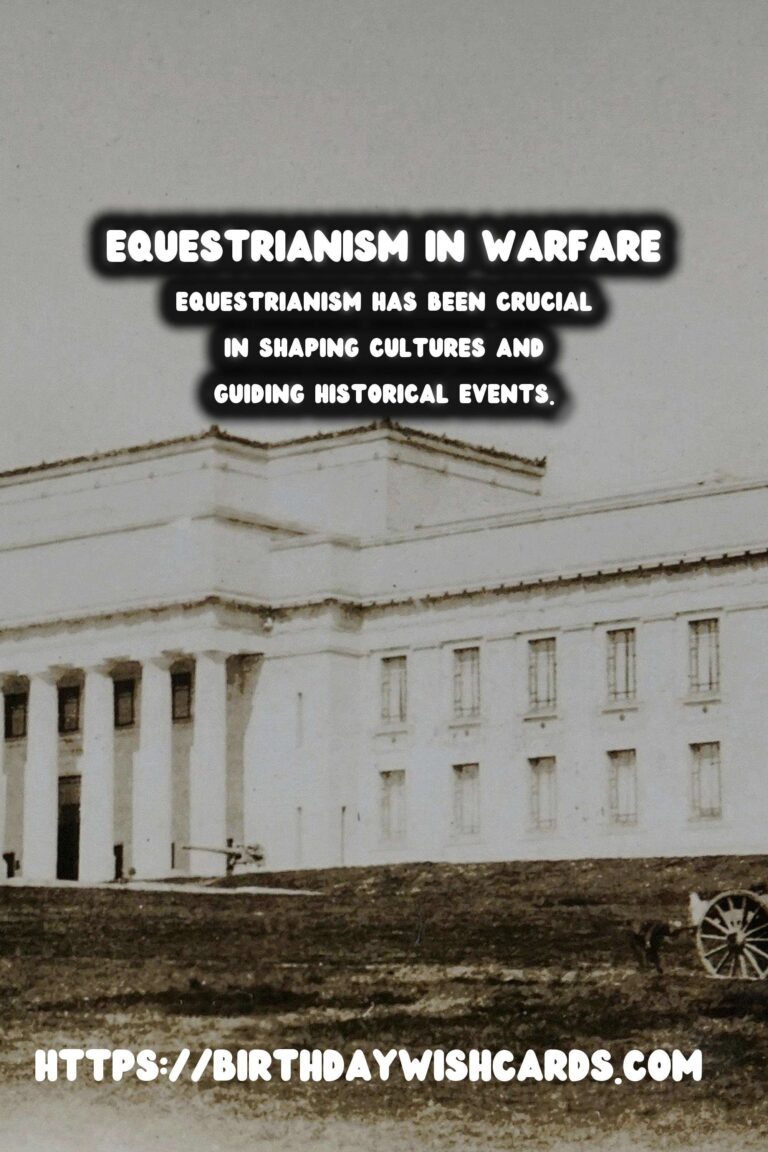
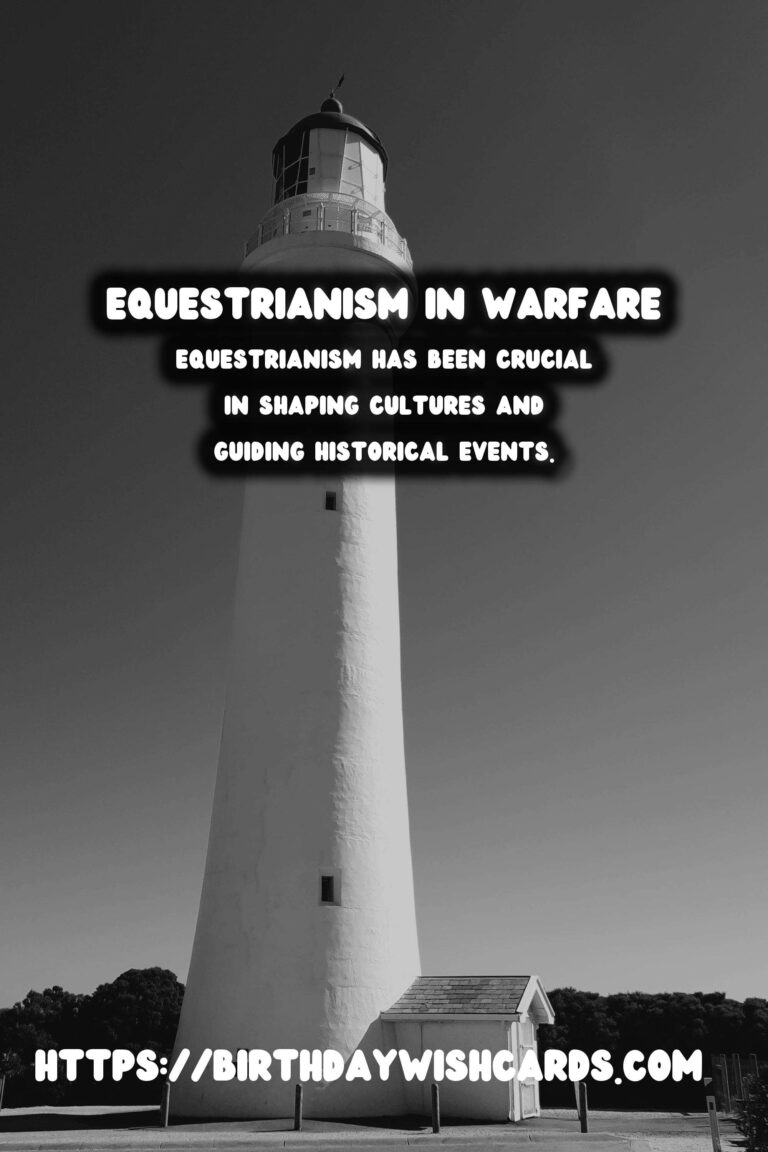

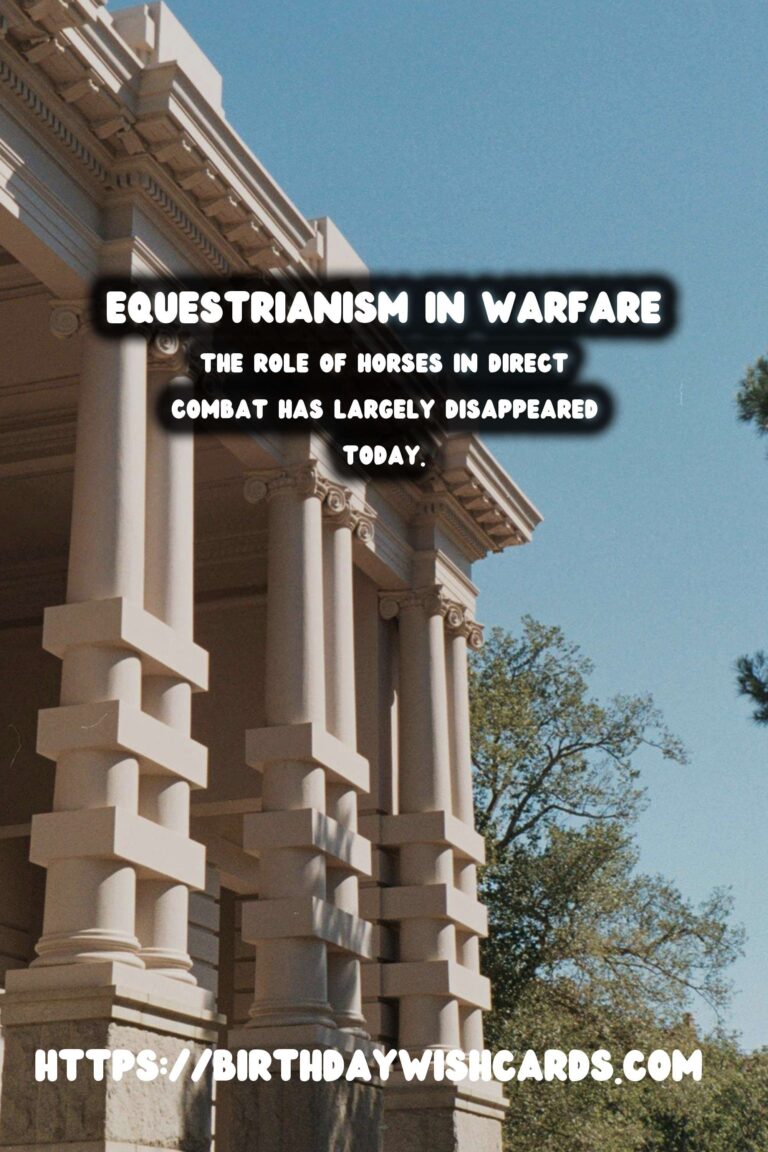



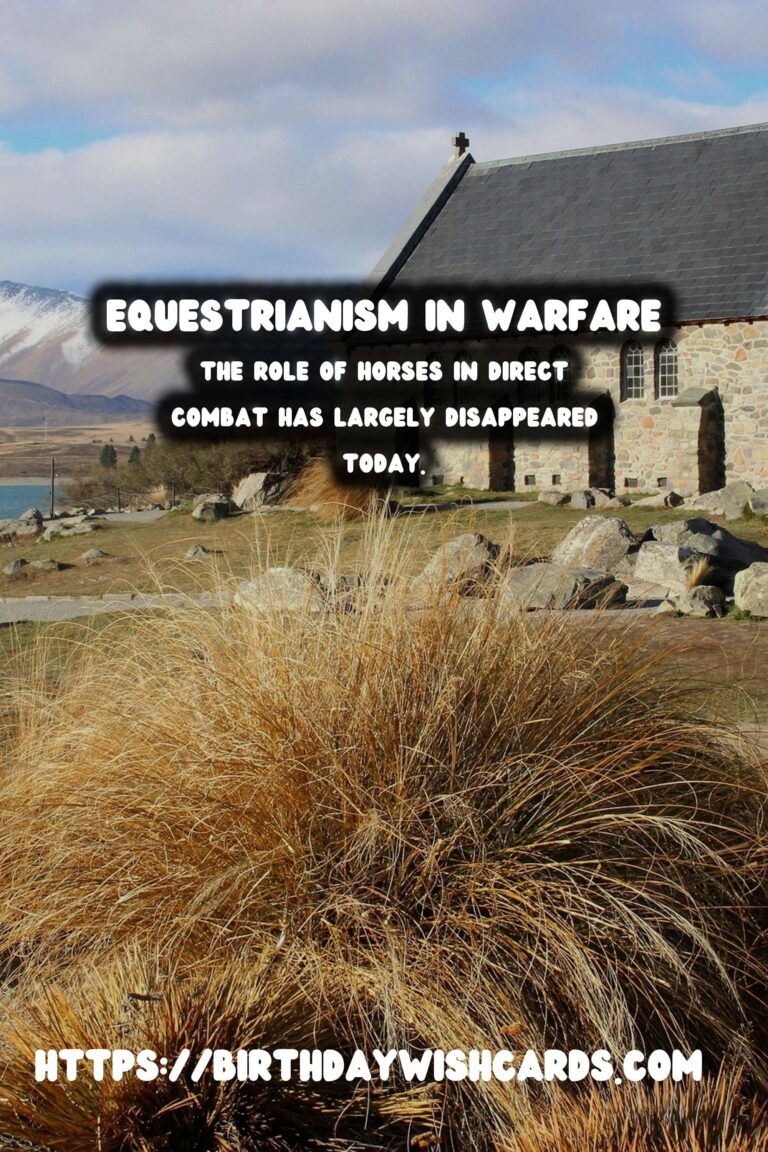
#EquestrianHistory #Warfare




